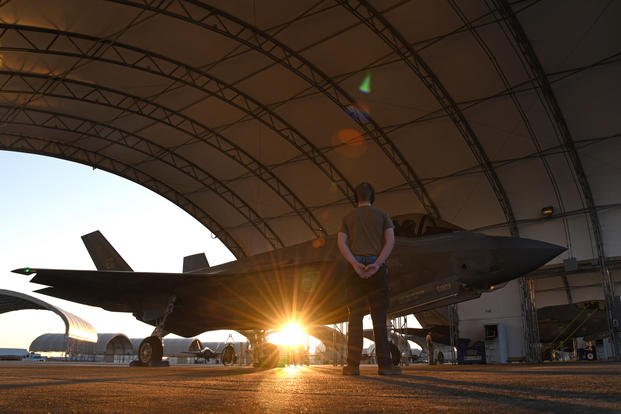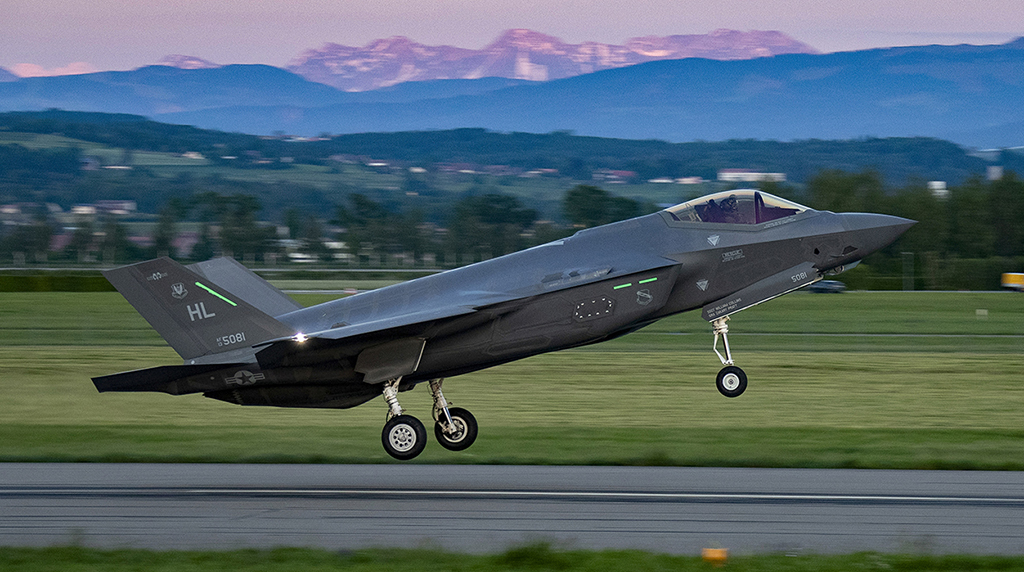USAF secretary souring (more than before?) on F-35A?
SECAF nominee walks a tightrope on F-35 procurement plans
The F-35 joint strike fighter loomed like a ghost over the May 25 confirmation hearing of President Joe Biden’s pick for Air Force secretary, who
famously called the program a case of “acquisition malpractice.”
If confirmed,
Frank Kendall — who oversaw the program during the Obama administration as the Defense Department’s acquisition executive — will become the Air Force’s top civilian at a time when the service grapples with the decision of how many F-35 aircraft to buy, both in the near term and over the lifespan of the program.
But despite repeated questions from members of the Senate Armed Services Committee, Kendall said little to tip his hand on how he might further shape the program.
“The F-35 is the best tactical aircraft of its type in the world and will be so for quite some time. It’s a complex, expensive weapon, unfortunately. But it is a dominant weapon when it goes up against earlier generation aircraft,” Kendall told lawmakers when asked on his views on the aircraft.
“But the concern I have is that the complaints still come,” said Oklahoma Sen. Jim Inhofe, SASC’s top Republican.
The Air Force is evaluating its tactical aviation fleet, including whether to go through with a planned buy of 1,763 F-35As. Air Force Chief of Staff Gen. Charles “CQ” Brown has said that the service may seek out a
low-cost, clean-sheet multirole fighter to replace its oldest F-16s — one of the platforms originally slated to be succeeded by the F-35.
Meanwhile,
CNN reported earlier this month that Will Roper, the Air Force’s top acquisition official during the Trump administration, had sought to cut the Air Force’s F-35 buy to about 800 jets, further inciting worries about the program’s future.
During the hearing, Inhofe spoke about the Air Force’s 2009 decision to curb F-22 procurement from 750 to 187 aircraft. That cut has contributed to the F-22′s high operations and sustainment costs, which are endemic to small aircraft fleets.
“We watched this happen,” Inhofe said. “My concern right now is, what kind of actions could we take to make sure we’re fielding the number of F-35s needed to fight against Russia and China? It’s a different game all together now, we all understand that. But we are going to have to be dealing with the numbers.”
Kendall’s response fell short of promising to support the current program of record [emphasis added].
“We have to get to an affordable mix that meets our needs as driven by the national defense strategy. That’s what should guide those investments,” he said.
However, if sustainment costs are a concern, it will be important for the Air Force to continue buying F-35s in numbers that will allow the fleet size to grow and operations costs to become more economical, he said.
“If there is one thing that I think would drive costs down overall, it’s continuing to buy,” Kendall said.
“I know there’s an issue with the total number that’s been on the table for some years, what the requirement is. My own view at this point in time is that we’re well short of that number, and that [what] we should be working on most is getting the cost down and keeping the procurement at a rate that makes sense.”
Although the Air Force plans to continue buying 48 F-35As as part of its fiscal 2022 budget request, it intends downsize its buy to 43 aircraft a year from FY23 through FY26, according to Air Force talking points reported by Air Force Magazine [emphasis added].
It’s difficult to gauge whether Kendall will lead the Air Force in a different direction with regards to the program...
The Air Force secretary nominee isn't sure how many F-35s the service should buy in total. But for now, it needs to keep buying, he told lawmakers.

www.armytimes.com
Mark
Ottawa





:quality(70)/cloudfront-us-east-1.images.arcpublishing.com/mco/KQP6YRUCQZF6JBXDY6BRPVZEZI.jpg)

